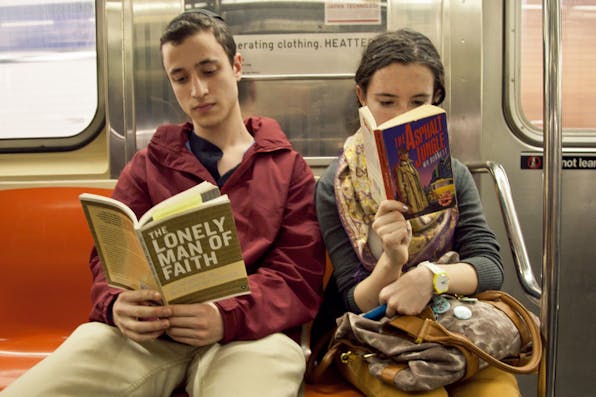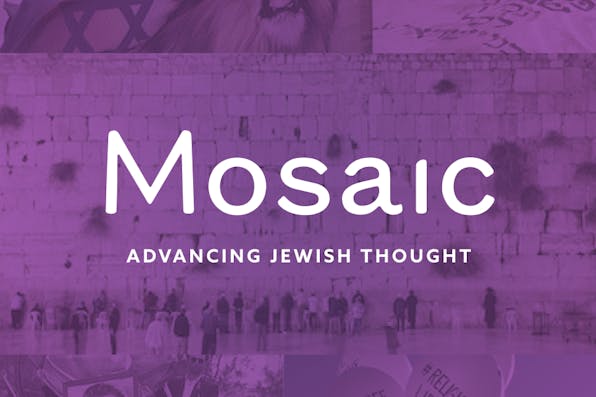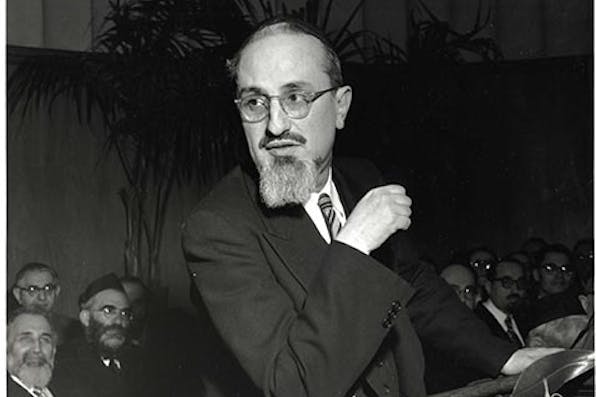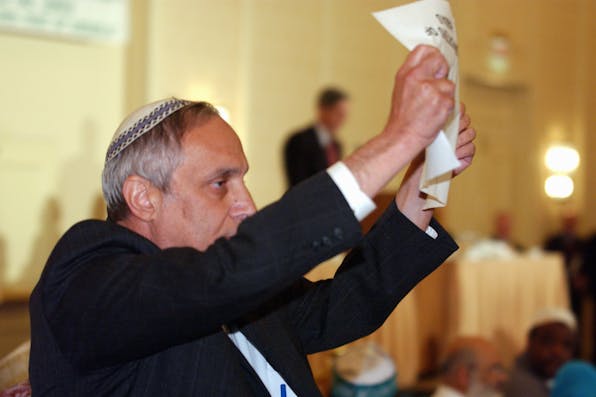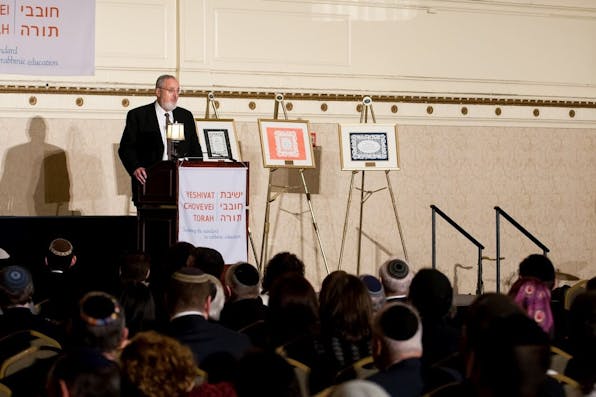
August 11, 2014
Modern Orthodoxy, and Orthodoxy
How does Modern Orthodoxy fit into the greater Orthodox world?
Jack Wertheimer’s excellent distillation of the current condition of Modern Orthodoxy in America captures the complex and fluid nature of this group of Jews. For those who once judged Orthodoxy in the post-Holocaust world to be on a fast path to extinction, a “residual category” populated by Jews living in a past beyond retrieval, the Modern Orthodox were the exception, and the best hope for the future of American Judaism.
But so, too, it turns out, were all sorts of Orthodox Jews.
Long before the recent Pew survey, anyone who studied or lived among observant Jewry would have recognized that, rather than hopelessly fading into the past, American Orthodoxy was thriving. Ironically, the movement whose members had been warned by their European leaders not to go to America—where, the rabbis cautioned, Jews might be saved but Judaism would not—discovered that this open society, with its expanding cultural tolerance, declining anti-Semitism, physical security, rapid economic growth, and robust welfare system was actually a perfect place in which Orthodoxy could thrive and grow. Indeed, in this new social environment, Orthodoxy not only threw off those of its number who were Orthodox only in name but not in observance; it also began turning toward more punctilious and haredi forms of Orthodoxy—“sliding to the right,” in the title of my book on this phenomenon—and, in the process, experienced unprecedented growth.
